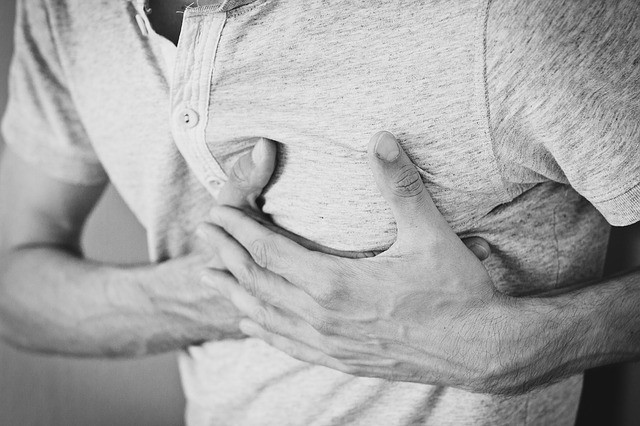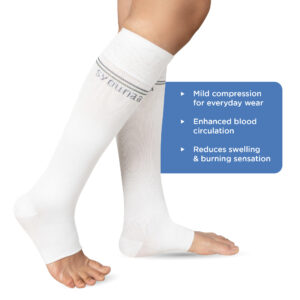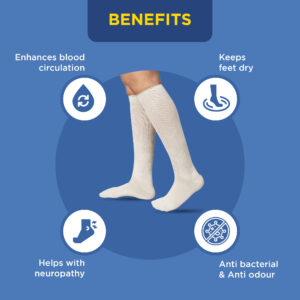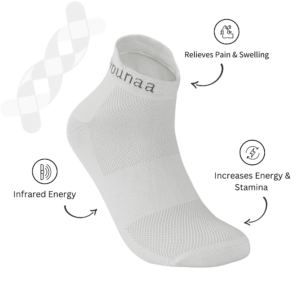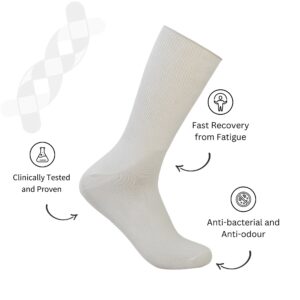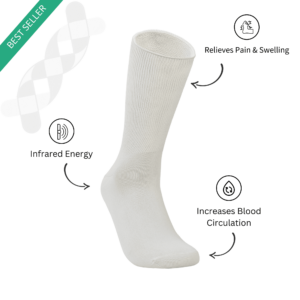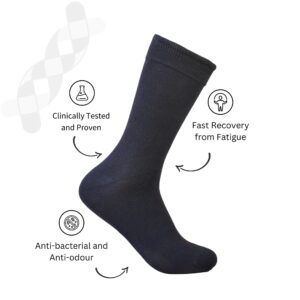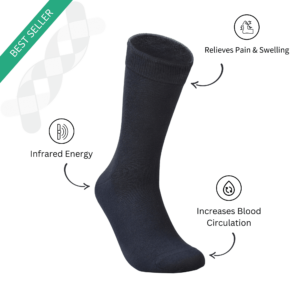Research shows that 68% diabetics who are 65 or older, die from some kind of heart disease. Among these individuals, a heart stroke seems to be the most common reason for death, making for 14% of total diabetic and heart related deaths. Adults with diabetes are at four times more risk of having a heart disease than adults who do not have diabetes. These results can only mean one thing – there is a direct correlation between Diabetes and Cholesterol.
When diabetes lowers High-density-lipoprotein cholesterol, or HDL – C (good cholesterol) and increases Low-density-lipoprotein cholesterol, or LDL – C (bad cholesterol) it is called diabetic – dyslipidaemia. In simpler terms it means that your lipid profile is going in the wrong direction. Instead of building good cholesterol it makes bad cholesterol and puts you at a greater risk for blockages and cardiac arrest. Sometimes, diabetics also have elevated levels of triglycerides, and a combination of low HDL – C, high LDL – C and Triglycerides can increase the chances of premature coronary heart disease. If left untreated can be fatal for the patient.
How to Detect Diabetic Dyslipidaemia
Since diabetics are at a risk of getting Diabetic – Dyslipidaemia, timely check-ups are a must. If your medical practitioner suspects diabetic dyslipidaemia, he/she may suggest a complete lipid profile. This includes a thorough test of good cholesterol, bad cholesterol and triglycerides. If your LDL – C is in the range of 70 – 189 mg/dL it is considered high especially when you:
- Have diabetes and are between the age of 40 – 75
- Have diabetes and are at a high risk of getting heart disease
If you have diabetes, make sure to check your cholesterol every once in five years. This will help you detect diabetic dyslipidaemia at an early stage. The results of the test will dictate the course of your treatment.
Treatment for Diabetic Dyslipidaemia
You can control diabetic dyslipidaemia with periodic checks, proper medication, diet and workout. In some cases, a strict diet and periodic workout is enough to keep the condition under control. However, many must take medical assistance to prevent it from getting any worse. Doctors usually prescribe patients with statins, which is a cholesterol drug. It helps reduce bad cholesterol. Patients with severe cases of diabetic dyslipidaemia are usually given an additional dose of ezetimibe. This decreases cholesterol absorption in the small intestine and will provide extra protection from cholesterol build up.
The above medicines are usually strong and they cannot be effective unless you have a strong hold on your diet. Workout and lifestyle changes are a must if you really want to keep your dyslipidaemia from getting severe.
You are at risk of getting dyslipidaemia if you have a high BMI, or if you have a large fat build-up around your waist line. Just by reducing 5 – 10% of your body fat you can reduce the severity of your condition. If you are new to working out, start by having three ten minute workout sessions dispersed throughout the day. This will help you burn fats without putting too much pressure on your body and your feet. You can add cardio workout for one 10-minute session in the day. It can be in the form of jogging or brisk walking but make sure not to over exert yourself as that will put more pressure on your heart. It is always best to consult your physician before starting a new workout session. They will guide you based on the severity of your dyslipidaemia.
Your diet should contain a lot of whole grains, fibers, healthy unsaturated oils and good sources of protein. This will help you manage your LDL – C levels and keep them low. Edibles like olive oil, flax seed, chia seeds, nuts, high fiber food etc also have a good amount HDL – C. So, a healthy diet will not only keep bad cholesterol at bay but increase good cholesterol levels as well.
Diabetic dyslipidaemia and cardio vascular disease can be a scary realisation to wake up to. Every diabetic fears the worst and since heart disease is most common among diabetics, dyslipidaemia can shatter anyone who has been diagnosed with it. But with a proper diet and workout we can live a quality long life. There have been a few cases where patients were able to reverse their condition by completely changing their diet and lifestyle. So, don’t lose hope. Every day starts with a new chance and a new promise. It is never too late to make a lifestyle change.

